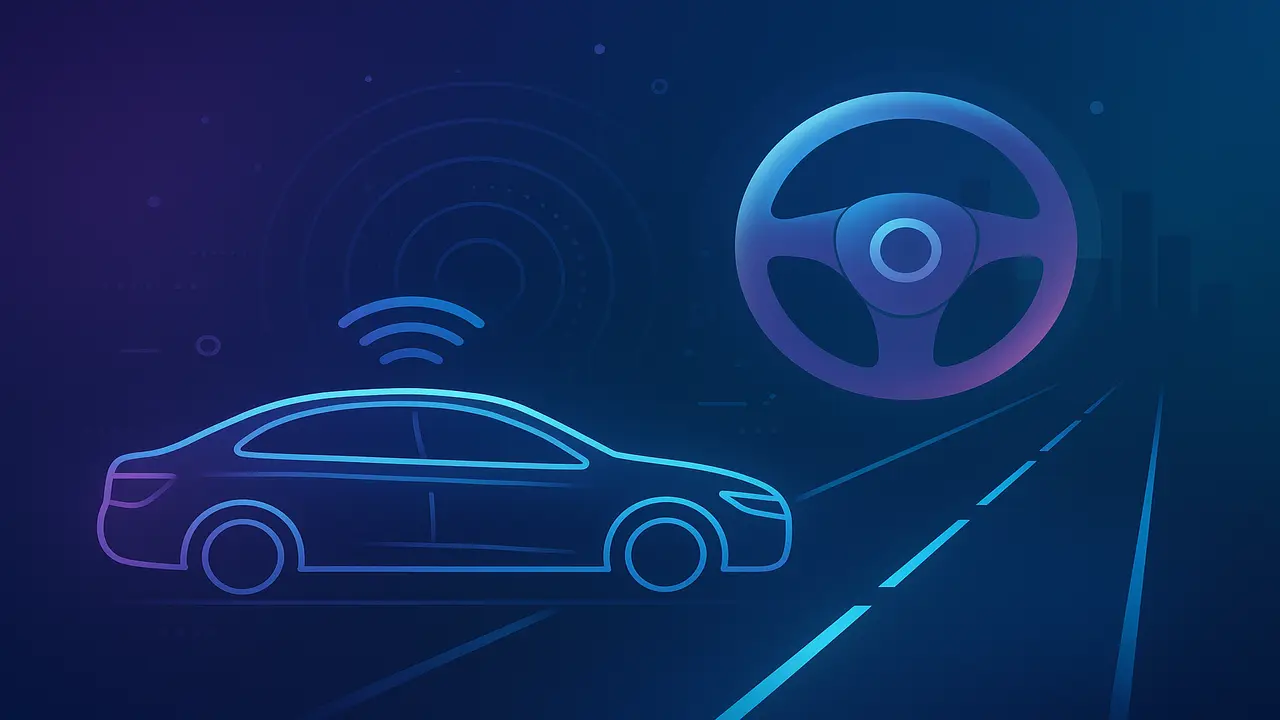Autonomous driving technology is advancing faster than anything we thought possible and reshaping the entire global car industry. With self-driving cars moving from speculative thought experiments to real-world applications, automakers, tech companies, and policymakers are wrestling with the challenge that the technological upheaval brings. Affecting everything from how vehicles are manufactured to business models to safety to urban mobility, autonomous driving must be one of the hottest debated technologies of recent years.
Development of Self-Driving Technology
- Level 1: No automation, human is in total control.
- Level 2: Driver assistance, including adaptive cruise control.
- Level 3: Controls both acceleration and steering, incomplete automation which requires human oversight.
- Level 4: Conditional automation. Under certain conditions, e.g., in certain weather conditions and the like, the vehicle can drive itself, albeit it may require driver intervention when necessary.
- Level 5: High Automation, A qualified vehicle can execute all driving tasks within specified environments. Many automakers and tech giants are investing lots of R&D dollars to push these levels of autonomy to higher levels, including cars from Tesla, Waymo, GM’s Cruise, and Ford’s Argo AI. Although a combination of AI, Li-DAR, radar, cameras, and real-time data processing has fast-tracked AV to feasibility, they are still a long way off to widespread adoption and use.
Impact on Car Manufacturing
The evolution of self-driving cars is forcing automakers to rethink conventional manufacturing models. Key changes include:
AI and Sensor Integration.
As vehicles become smarter, they need new hardware and software systems, moving from a mechanical-based platform to a software-based platform.
Supply Chain Transformation:
Automakers are teaming up with tech companies like Volkswagen and Mobileye, and Ford and Argo AI.
Decline in Private Ownership
The maturation of AV technology will likely decrease the need for private ownership in favor of ride-sharing and mobility-as-a-service types of models, which could lead to changes in production strategies.
Modular Design and Software Updates:
Software has become essential for the automotive industry, enabling automakers to create software-defined vehicles that can enhance performance and receive new features over-the-air (OTA) updates.
Business Model Disruptions
A paradigm shift in mobility is changing the way vehicles are sold, as opposed to the more service-oriented way it has been for years in the automotive industry. Key transformations include:
Demand for Mobility-as-a-Service (MaaS):
Companies such as Uber and Lyft are leading in autonomous ride-sharing fleets, reducing reliance on labor supply and improving long-term profit margins.
Fleet Management and Subscription Services:
Instead of outright car ownership, consumers may opt for autonomous vehicle subscription models.
Expansion of Data Monetization:
AVs generate massive amounts of data on everything from driving patterns to user behavior to road conditions. Automakers and technology companies are using this data to create new revenue sources with targeted services and advertisements.
Insurance Industry Adaptation:
With fewer human-operated vehicles on the roads, accident rates may decrease, impacting the insurance sector’s business models. Liability could transfer from individuals to manufacturers and software Vendors.
Challenges for Safety and Regulation
The most important benefits that automated vehicles can provide are less chances of accidents that usually happen due to human error. According to statistics, the World Health Organization states that it is responsible for the deaths of more than 1.3 million people worldwide per year in road accidents and that human error is the primary reason for these accidents. But there are many obstacles to the deployment of AVs:
Regulatory Bottlenecks:
Federal and State Governments around the world are still in the process of determining policy and legal frameworks regarding AVs. Meeting safety regulations continues to be a key obstacle.
Ethical Concerns:
Scenarios may arise in which autonomous vehicles must make ethical decisions, such as deciding whether to prioritize the safety of passengers or pedestrians in the event of an unavoidable accident.
Cybersecurity Risks:
AVs are susceptible to hacking and data breaches as they become more dependent on AI and the ability to connect.
Urban Mobility and Infrastructure
Self-driving vehicles will greatly affect transportation and infrastructure. Key impacts include:
Less Traffic:
AVs can communicate with each other and AI-powered traffic management systems, which can optimize how the roadways are used.
Smart Cities and Infrastructure Upgrades:
Widespread adoption will require investment from governments in smart traffic signals, dedicated AV lanes, and 5G connectivity.
Decrease in Parking Spaces:
AVs will make sharing transport more efficient, allowing unused spaces used up for parking to be reused to develop green spaces or commercial spaces.
Conclusion
Self-driving is disruptive to the auto market as it will cause changes to manufacturing the business models, regulation, and city concept. Despite being faced with regulatory hurdles and cybersecurity risks, the advantages, from improved safety to decreased congestion, emphasize the potential transformative nature of self-driving technology. These changes can only happen with cooperation between automakers, tech companies, and policymakers to keep up with the pace of progress and make sure the transportation models will be safer and more effective.
